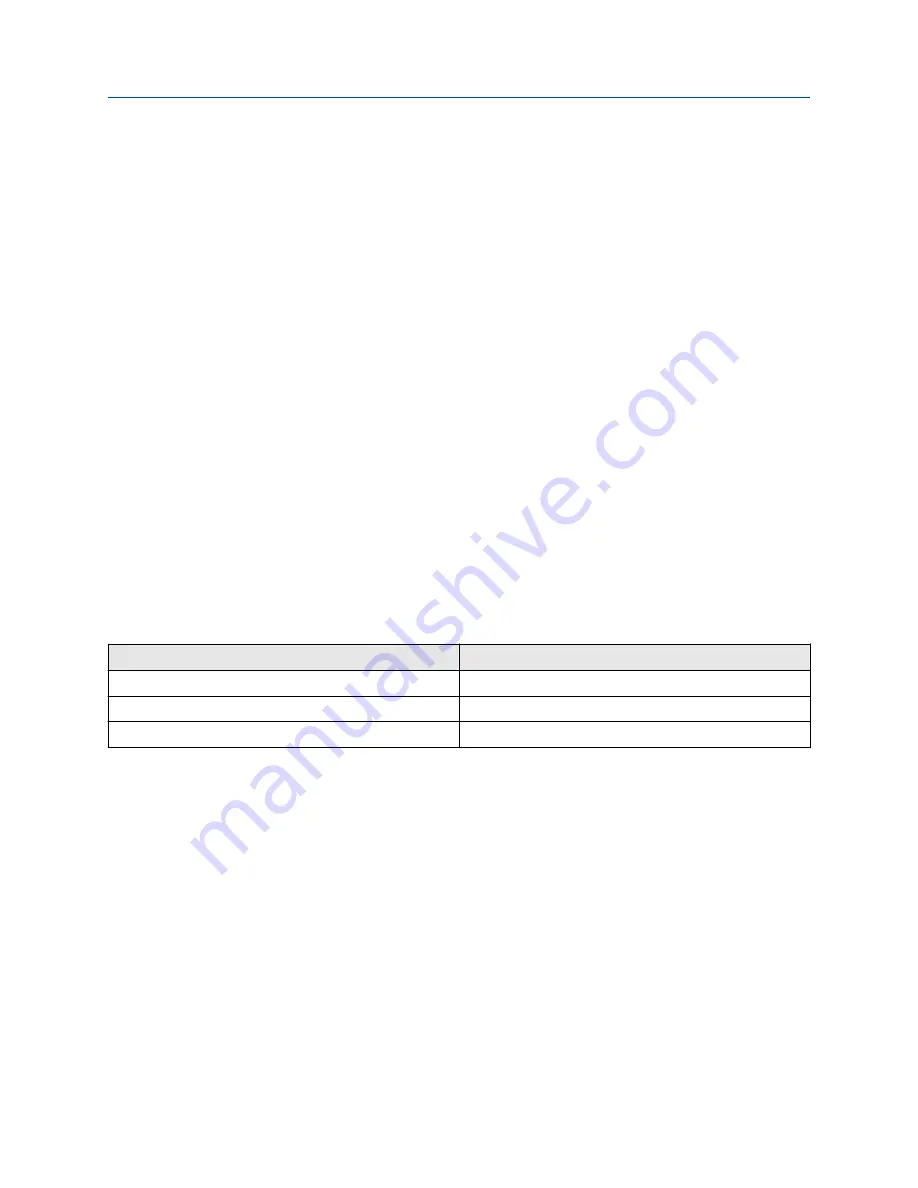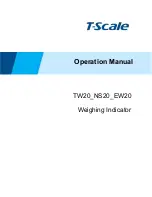
5.2.2 Two-point calibration vs. three-point calibration
Your choice of two-point calibration or three-point calibration depends on how many process gases you are
using.
Two-point
calibration
Two gases are used for calibration. Standard and most common applications require
only two calibration points to get the best accuracy. A two-point calibration produces
two calibration factors: K0 and K2. K1 is set to 0.
Three-point
calibration
Three gases are used for calibration. Three-point calibrations are less common. For
more information, see
.
Related information
5.2.3 Calibration gases
The calibration gases should match the main constituents of your process gas. The gases must cover the
lower and upper SG/MW range of the process gas and have similar compressibility characteristics.
Gas types and requirements
Analytical calibration gases are specified by purity grade or number of 9’s. “High purity” or “4.5 nines
(99.995%)” grades are good choices for calibrating the SGM.
For example, if the SGM is measuring the specific gravity of natural gas, use pure nitrogen and pure methane
as calibration gases.
Table 5-1: Examples of calibration gases
Application
Two-point calibration gases
Natural gas
Methane and nitrogen
Hydrogen purity
Hydrogen and nitrogen
Fuel to air ratio
Methane and propane
Equipment requirements
•
Cylinders must have a gauge regulator and hose.
•
The hose needs to have a 0.25 in (6.4 mm) Swagelok
®
female connector.
•
The minimum gas bottle size for each of the calibration gases should be no less than 4.5 gallons (17 liters)
at a 20% higher of nominal pressure at the outlet of the regulator depending on the application.
Most gas suppliers can provide these items.
Purging and calibration
Configuration and Use Manual
March 2021
MMI-20020954
28
Micro Motion Gas Specific Gravity Meters (SGM)
















































